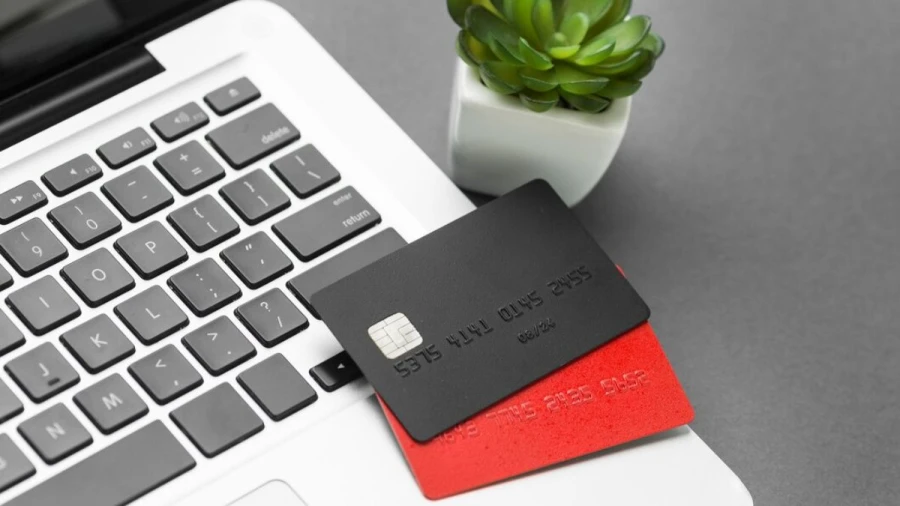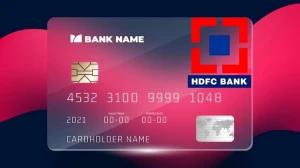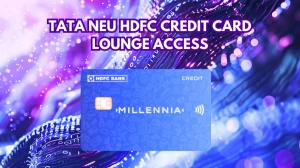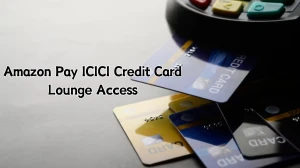
- Home »
- Credit Card »
- Secured Vs Unsecured Credit Card, What is the Difference Between Secured and Unsecured Credit Card?
Secured Vs Unsecured Credit Card, What is the Difference Between Secured and Unsecured Credit Card?
Secured credit cards require a deposit for those with limited or poor credit, while unsecured credit cards, not needing a deposit, often provide better perks for individuals with good credit.
Updated Dec 08, 2023
On This Page
- Secured Vs Unsecured Credit Card
- What is the Difference Between Secured and Unsecured Credit Cards?
- How to Apply for a Secured Credit Card?
- How to Apply for an Unsecured Credit Card?
- How to Build Credit With Secured and Unsecured Credit Cards?
- How to Upgrade from a Secured to an Unsecured Credit Card?
Secured Vs Unsecured Credit Card
Secured and unsecured credit cards cater to distinct credit profiles, with secured cards requiring a cash deposit as collateral, usually mirroring the approved credit limit. Primarily designed for individuals with poor or no credit history, secured cards provide a chance to rebuild creditworthiness over time. On the other hand, unsecured credit cards, favored by those with a solid credit score, don't necessitate a deposit and often come adorned with superior perks, rewards, and more favorable financial terms.
Secured credit cards serve as a financial bridge for those facing credit challenges, offering a pragmatic entry point to the world of credit. In contrast, unsecured credit cards stand as premium options for individuals who have established good credit, presenting an array of benefits and lower costs. Both cards offer unique paths to navigate the credit landscape, addressing the diverse financial needs dictated by individual credit histories.
What is the Difference Between Secured and Unsecured Credit Cards?
Unsecured cards don't require a deposit and are typically available to individuals with a credit score of 670 or higher, offering lower APRs and occasional annual fees. In contrast, secured cards demand a deposit, making them accessible to those with poor or no credit history, with higher APRs. Both types aid in building credit by reporting to bureaus, while rewards are more prevalent in unsecured cards.
|
Features |
Unsecured Credit Cards |
Secured Credit Cards |
|
Deposit |
No |
Yes |
|
Credit Score |
Usually 670 or higher |
Usually available for no credit history or scores below 669 |
|
Average APR |
Usually over 20 percent |
APRs tend to be higher for secured credit cards |
|
Annual Fee |
Sometimes |
Usually not; the security deposit is typically a one-time, refundable fee |
|
Builds Credit by Reporting to Bureaus |
Yes |
Yes |
|
Rewards |
Yes, with many rewards credit cards |
Sometimes |
How to Apply for a Secured Credit Card?
If you're thinking about getting a Secured Credit Card, it's like taking steps to improve your credit. First, you need to find a good lender. Then, fill out a form with your details, and put down some money as a safety deposit. To apply for a secured credit card, follow these steps:
- Identify reputable lenders that offer secured credit cards.
- Fill out a standard application with essential information such as your Social Security number and employment details.
- Submit the required collateral deposit, determining your credit limit. This can be done online, in-person, or over the phone.
- Be patient as the lender reviews your application. Upon approval, your secured credit card will be issued and delivered, providing an opportunity to build credit responsibly.
MarketsHost warmly invites you to an immersive experience, where we unveil the intricacies of Credit Cards, enabling you to make informed financial decisions with confidence.
How to Apply for an Unsecured Credit Card?
Unsecured credit cards often come with superior rewards and benefits compared to secured cards, along with potentially lower APRs. Additionally, the advantage lies in not requiring an upfront collateral deposit. If you meet the eligibility criteria for a reputable unsecured credit card, it is likely a more favorable choice than opting for a secured card.
- Fill out the application form for an unsecured credit card, either online or by mail, providing the necessary information.
- The details required for unsecured credit cards are the same as those for secured cards. Be prepared with standard information during the application process.
- If your application is approved, expect to receive the unsecured credit card by mail.
- Follow the provided instructions to activate the unsecured credit card, unlocking its usability for your financial transactions.
Also Read >> Unsecured Business Loan
How to Build Credit With Secured and Unsecured Credit Cards?
In the journey to build your credit score, whether with a secured or unsecured credit card, the process remains consistent. Both card types contribute to your credit history by reporting your activity to major credit bureaus like Experian, Equifax, and TransUnion. These bureaus compile data on your credit card balances and payments, forming a comprehensive credit usage history associated with your name.
To effectively build and maintain a positive credit score, it's essential to adopt responsible financial habits. Strive to pay your credit card bill in full and on time every month. Additionally, aim to keep your credit utilization rate—the percentage of your credit limit you're using—below 30 percent. These practices, regardless of the type of credit card, contribute to a robust credit history and promote a healthier credit score over time.
How to Upgrade from a Secured to an Unsecured Credit Card?
Transitioning from a secured to an unsecured credit card becomes a viable consideration as your credit score improves over time. Two primary avenues pave the way for this upgrade: firstly, you can request your card issuer to convert your secured credit line into an unsecured card. Alternatively, you have the option to apply for a new unsecured credit card, subsequently closing your secured card account. Notably, closing a well-maintained secured credit card account ensures the return of your full deposit.
Opting for a new unsecured credit card is often a smoother route, especially when your credit score reaches a satisfactory level. This approach affords you the flexibility to select a card that aligns with your specific preferences, whether you aim for cashback rewards or other enticing card benefits. By choosing the most suitable unsecured credit card, you maximize the advantages available and continue your journey towards a stronger and more diverse credit profile.
Secured Vs Unsecured Credit Card - FAQs
1. Do secured and unsecured credit cards impact credit scores differently?
Both types can positively influence your credit score when used responsibly.
2. Is a security deposit required for unsecured credit cards?
No, unsecured credit cards do not require a security deposit.
3. Can I upgrade from a secured to an unsecured credit card?
Yes, either by requesting a transfer from your card issuer or applying for a new unsecured card.
4. Are rewards and benefits better with secured or unsecured credit cards?
Unsecured credit cards typically offer superior rewards and benefits.
5. Can I get my deposit back when closing a secured credit card?
Yes, closing a secured card in good standing usually results in a full deposit refund.




